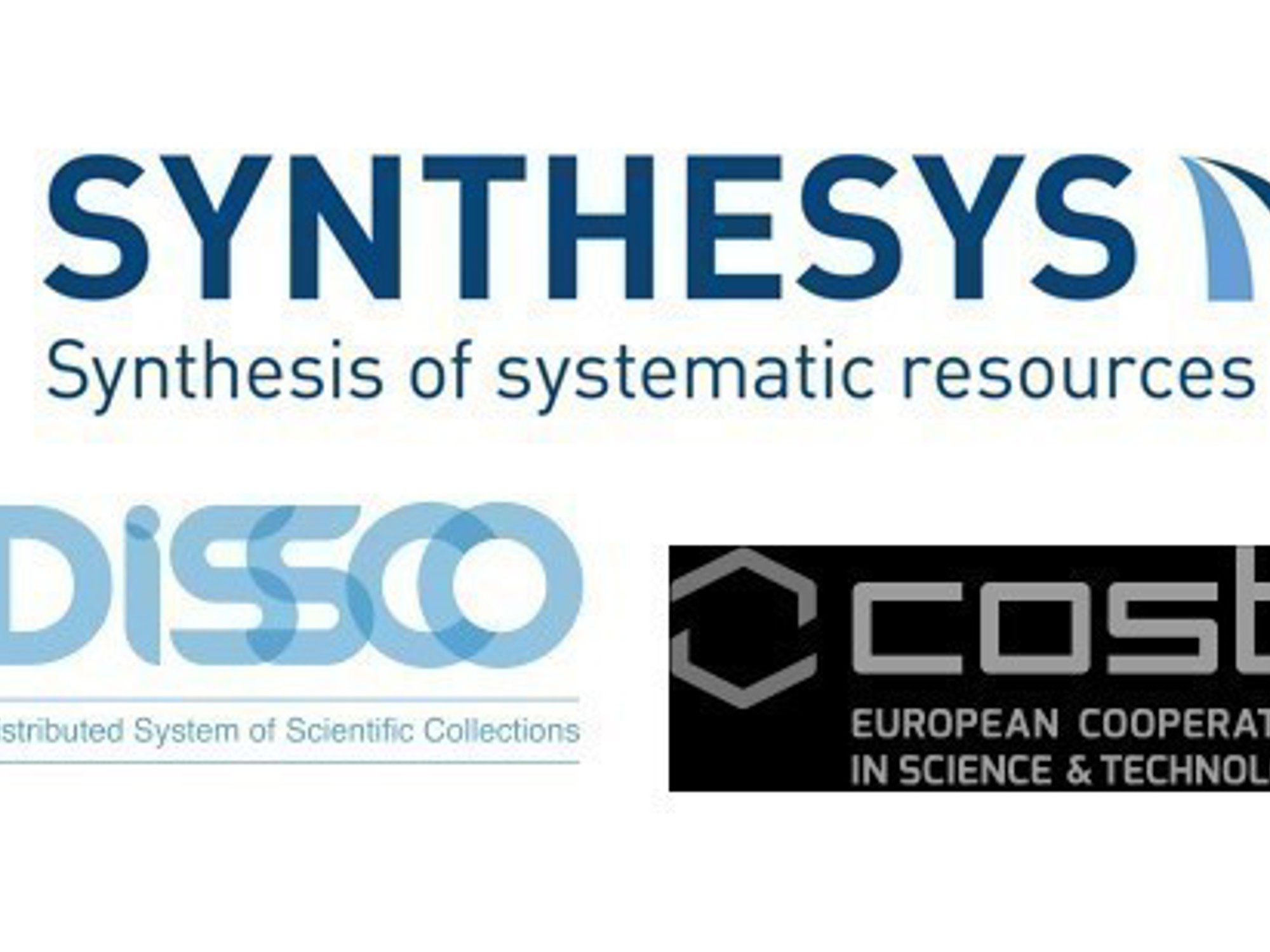Members of the Herbarium team are actively involved in many local, national and international projects in which the collections are a fundamental part. RBGE has also taken a leading role in developing curatorial systems and digitisation processes, both within internal and collaborative projects.

Projects
Current Projects
DiSSCo is a new pan-European Research Infrastructure initiative of 21 European countries with a vision to position European natural science collections at the centre of data-driven scientific excellence and innovation in environmental research, climate change, food security, one health and the bioeconomy.
It aims to mobilise, unify and deliver bio- and geo-diversity information at the scale, form and precision required by scientific communities; transforming a fragmented landscape into a coherent and responsive research infrastructure.

MOBILISE will help to facilitate the transfer of knowledge & technology between researchers, domain scientists, data aggregators and industry by networking activities, events, workshops and training.
Facilitate the development of innovative techniques & coordinated prioritisation to increase efficiency of large scale collection digitisation & mobilisation.
It will raise awareness about the need in science and society that, apart from physical access, sustainable data access infrastructures are an integral component of biodiversity research.
More information: https://www.mobilise-action.eu
SYNTHESYS aims to produce an accessible, integrated European resource for research users in the natural sciences. SYNTHESYS will create a shared, high quality approach to the management, preservation, and access to leading European natural history collections.
The SYNTHESYS project has had three seperate funding periods:
SYNTHESYS: February 2004 – July 2009
SYNTHESYS 2: September 2009 – August 2013
SYNTHESYS 3: Sept 2014 - August 2017
An application to continue this project is currently being assessed by the EU and this will continue the development work done in the first three SYNTHESYS packages, as well as tie in with other funded and proposed EU projects e.g. ICEDING, MOBILISE.

It is estimated that Area 5, South Asia, contains over 400,000 specimens and there is concern about the risk of damage to specimens as people search through multiple folders for specimens of interest for their research. Dividing the area into 5 subareas will result in the specimens being more evenly distributed, which will enable people to work with the specimens more easily.
In addition:
- It splits Area 5 into more manageable groups (eg, Nepal with c. 100,000 specimens)
- It fits with our strategic focus on Floras work (Nepal, Bhutan, Burma)
- It will enable digitisation proposals and projects to be undertaken more easily
The following division and names has been agreed:
5a India, Bangladesh & Pakistan
5b Sri Lanka
5c Myanmar (Burma)
5d Bhutan, Sikkim & Darjeeling
5e Nepal
Previous Projects
The extension which was completed in March 2006 presented us with a unique opportunity to rearrange the herbarium following the modern Angiosperm Phylogeny Group classification. The previous system of ordering specimens in the herbarium was based on one by Bentham & Hooker (1862). A feasibility study was carried out and a detailed plan was prepared to move to the APG II system. As part of this process a linear sequence for the classification was developed and published. The move was completed in 2006.
Botanics Recommends
-
Explore our range of unique gifts and more. Every purchase supports the Garden.
-
Explore our unique venues, suitable for every occasion
-
Discover a range of books inspired by the RBGE's work and collections
-
Cultivate your curiosity with our programme of courses for all ages and interests.
